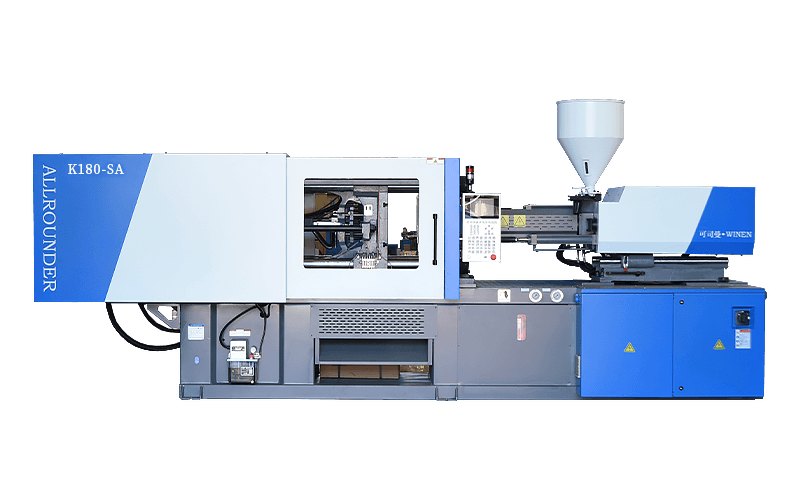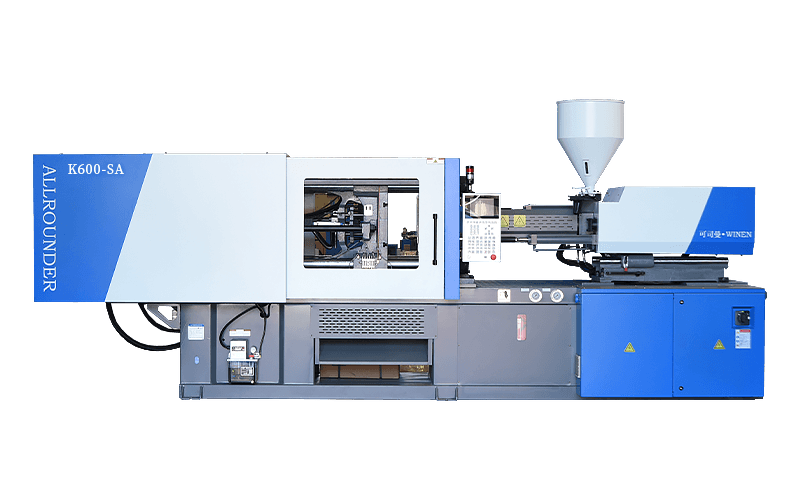Injection moulding machine screws work for long periods of time in high temperature, high pressure, high mechanical torque and friction environments, where a number of factors are necessary for the process conditions and the loss caused by friction is inevitable. General screw surface nitriding treatment to improve the surface hardness, improve wear resistance. However, if the causes of wear are ignored and not minimised, the life of the screw is bound to be greatly reduced.
The following will focus on the causes of screw wear and ways to reduce it:
For each type of plastic, there is an ideal temperature range for plasticizing and processing, and the cylinder should be controlled to handle temperatures close to the temperature range. The pellets of plastic entering the cylinder from the hopper will first reach the feeding section, where the inevitable dry friction of the charging time, when the plastic is heated and melted unequally, can easily cause wear on the inner surface of the cylinder and screw. Similarly, in compression and homogenisation, if the molten state of the plastic is not homogeneous the barrier will lead to an increase in losses at a rate that should be properly calibrated. As a reinforcing agent for plastics, such as glass fibres, minerals, or other filling materials. Metal friction materials tend to be much larger than molten plastics. When these plastics are injection moulded, if high speeds are applied, the shear forces in the plastic increase at the same time and will therefore be reinforced thus producing more fibre tears, the torn fibres contain sharp, abrasive fibres and the strength of the wear is greatly increased. Inorganic minerals glide across metal surfaces at high speeds and the scraping effect is not very small. Therefore, the speed should not be too high.
You want to check plastic groceries. Generally speaking, the initial purchase of fresh plastic has no food, but in traffic, weighing, drying, mixing colours, adding recycled materials and, in particular, there is a possibility of mixing in debris. At the end of the year, scrap metal, such as fever nuts paper clips or even bunches of warehouse keys, enter the cylinder and damage to the screw is self-evident (the cylinder, of course, can also be damaged), so you must install magnets and strictly manage and monitor them.
The moisture content of the plastic and the surface wear of the screw have a certain influence. If all the water is not removed before the plastic is injected, the remaining water enters the compressed part of the screw and it forms "steam" in the molten molten plastic particles mixed with high temperature and pressure, and as the injection screw material develops, these particles "steam" from the homogenised part of the screw head before ", during the shooting process the material is unloaded because of the frictional loss of each micro-hard particle impurity on the wall.
In addition, for some types of plastic, at high temperatures and pressures, water may contribute to the cracking catalyst of the plastic, which can produce harmful impurities that erode the surface of the metal. Drying before injection moulding is therefore not only directly related to the quality of the product, but also affects the life of the screw.



 English
English 中文简体
中文简体












